How to start a weekly planning routine

As a busy mum there’s a lot that needs to get done each week, and one of the best ways to make sure nothing gets forgotten, is to have a weekly planning routine in place.
Starting a weekly planning routine is a game changer for managing your time, becoming an organised mum, and making your days less chaotic.
Here are some great tips on how to plan your week, as well as details on why you should plan your week, what a weekly planning routine is, and how long you should spend planning.
Bookmark this post for future reference on Pinterest. Thank you!
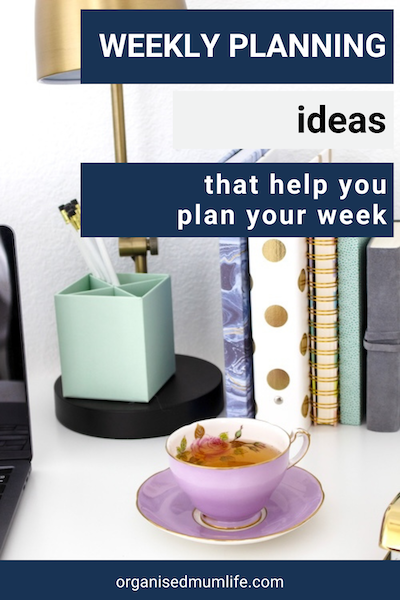
This post contains affiliate links. If you make a purchase using these links, I may receive a small commission at no extra cost to you. Find out more here.
Why should you plan ahead?
Setting time aside each week to plan for the week ahead, minimises the chances that you’ll forget an appointment, school event, or anything on your to do list that’s important.
What’s a weekly planning routine?
A weekly planning routine is where you put some time aside each week to review your previous week, and plan the upcoming week.
Weekly planning focuses your time and energy on working on things that are important.
How long should you spend planning your week?
An ideal time to spend planning your week is 20 – 30 minutes.
If you spend too long planning, you can fall into the trap of overplanning your week, or not planning your week at all, because the task seems too overwhelming.

How to start a weekly planning routine
Here’s how you can start your own weekly planning routine.
Set aside time to plan
Setting aside the same time each week to plan your week, is the best way to make weekly planning part of your routine.
Find a time that works for you, and make it your weekly planning time, so you stay consistent, and do it every week.
Choose your planning tool
There are many different tools that you can use to plan your week, some of these include digital calendars like Google Calendar, a paper planner, a bullet journal, a weekly planner notepad, a weekly planner, or you might combine digital and paper planning tools.
The aim of any planning tool you use, is to use it consistently.
Clear some space
Clear some space on a table, and turn distractions off.
Review all of your calendars
If you have multiple calendars, or multiple places where you keep details of appointments, or things you need to plan for, gather them together.
For example, you may have family activities recorded on a family calendar, another family member may have things coming up that you need to plan for, or you may have dates recorded in your phone calendar.
Once you’ve gathered everything that you need to plan for in one place, you can move onto the next step.
Start planning
Start your weekly planning routine by adding major events from all of your calendars, or from family members, into your planning tool for the following week.
Some examples of major events include appointments, school events, extracurricular activities, or work commitments. Major events usually have dates or times assigned to them.
Once done enter any personal tasks, or tasks you’ve written down during a brain dump, that you’d like to do around your major events.
For example, if you have a dentist appointment on Monday morning, slot your weekly meal planning activities, errands, or kid’s school commitments around it.
Prioritise your time
To ensure that you have enough time to get things in your weekly plan done, choose the top 3 things that must get done each day, and don’t work on anything else until those 3 things are completed.
Another way to prioritise your time is to use time blocking, which involves breaking your day up into blocks of time, and allocating certain tasks to each time block.
Here’s an example of how you could time block your week.
6am – 9am
- Make beds
- Kid’s morning routine
- Get ready for school
- School run
9am – 11am
- Tackle priorities for the day
- Book appointments
- Household chores
11am – 3pm
- Lunch
- Work commitments
For more information on time blocking, and for a more detailed time blocking example, please visit how to use time blocking as a busy mum.
Keep your weekly plan nearby
Keep your weekly plan nearby so you can be easily reminded of what you need to do on any particular day.
You may even like to take a photo of the current day’s entry, so you can refer to it wherever you are.
Review your week
At the end of each week, take some time to review your week.
Ask yourself:
- What worked?
- What didn’t work?
- What challenges did you face?
The answers to these questions will help you better plan the following week, and don’t forget to celebrate what you’ve achieved, no matter how small.
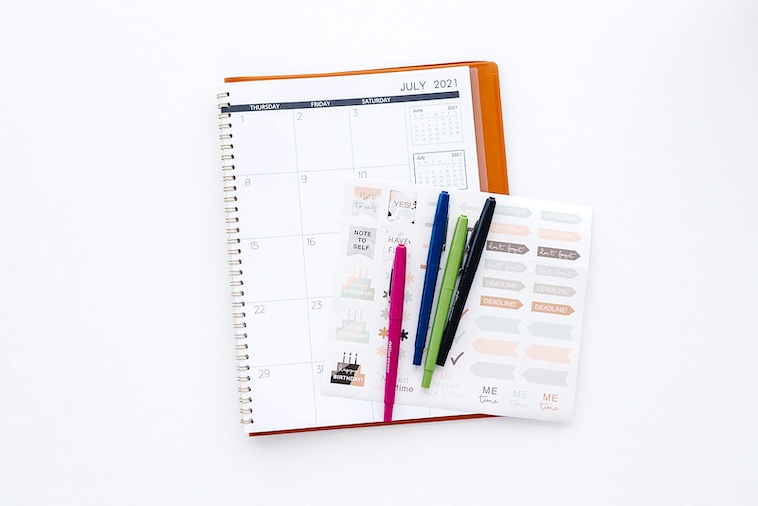
Be flexible
Sometimes you won’t get everything done in your week that you wanted to.
Sometimes tasks take longer than planned, or unexpected tasks arise that take priority.
Accepting that part of weekly planning is potentially leaving tasks for another week, removing tasks that are no longer important, or half finishing tasks, shouldn’t be something you feel stressed about.
How to plan your week – a recap
A weekly planning routine is where you put time aside each week to review your previous week, and plan your upcoming week.
You can start a weekly planning routine by:
- Setting aside the same time each week to plan your week
- Choosing a planning tool that works for you
- Clearing space in your home to plan from
- Gathering all of your calendars in one place
- Adding information from your calendars into your planning tool
- Prioritising the top 3 tasks each day, or using time blocking, to ensure important tasks are completed
- Keeping your weekly plan nearby, or taking a photo of it, so you can refer to it wherever you are
- At the end of the week reviewing what worked, what didn’t work, and what challenges you faced, so you can make changes to future weeks
- Remembering to be flexible and not disheartened if you didn’t achieve everything you planned
I hope you feel inspired to start a weekly planning routine, and that it allows you to finally tackle everything that comes your way.
How do you plan your week?
Love this post? Share it with others on Pinterest – Thank you!
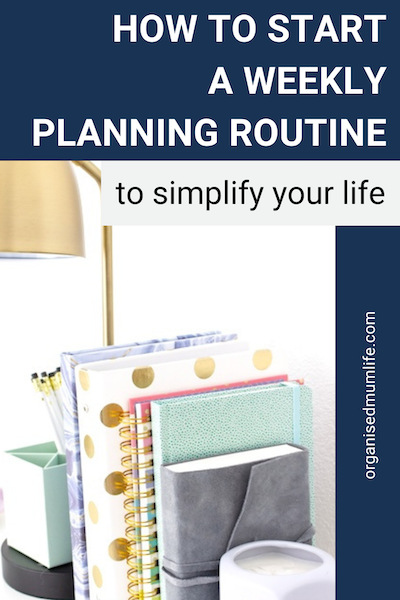

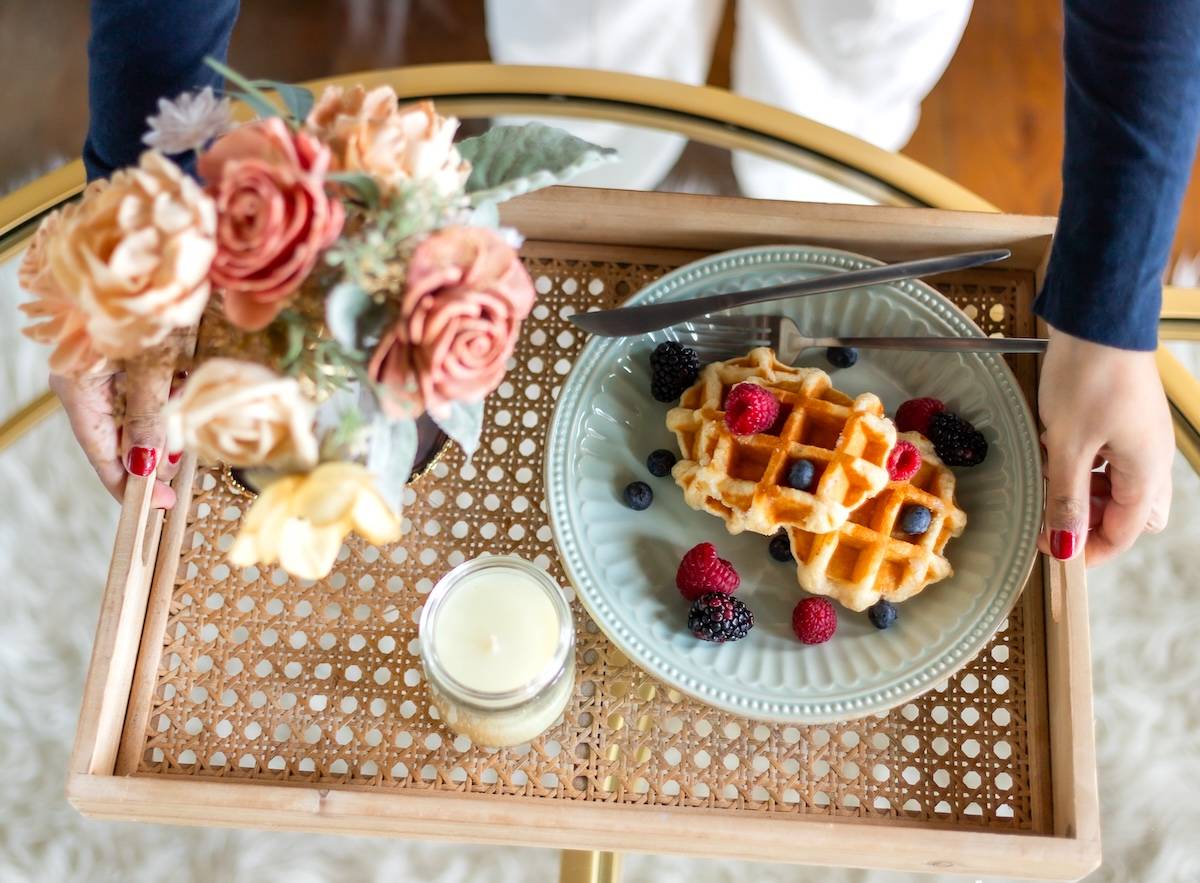

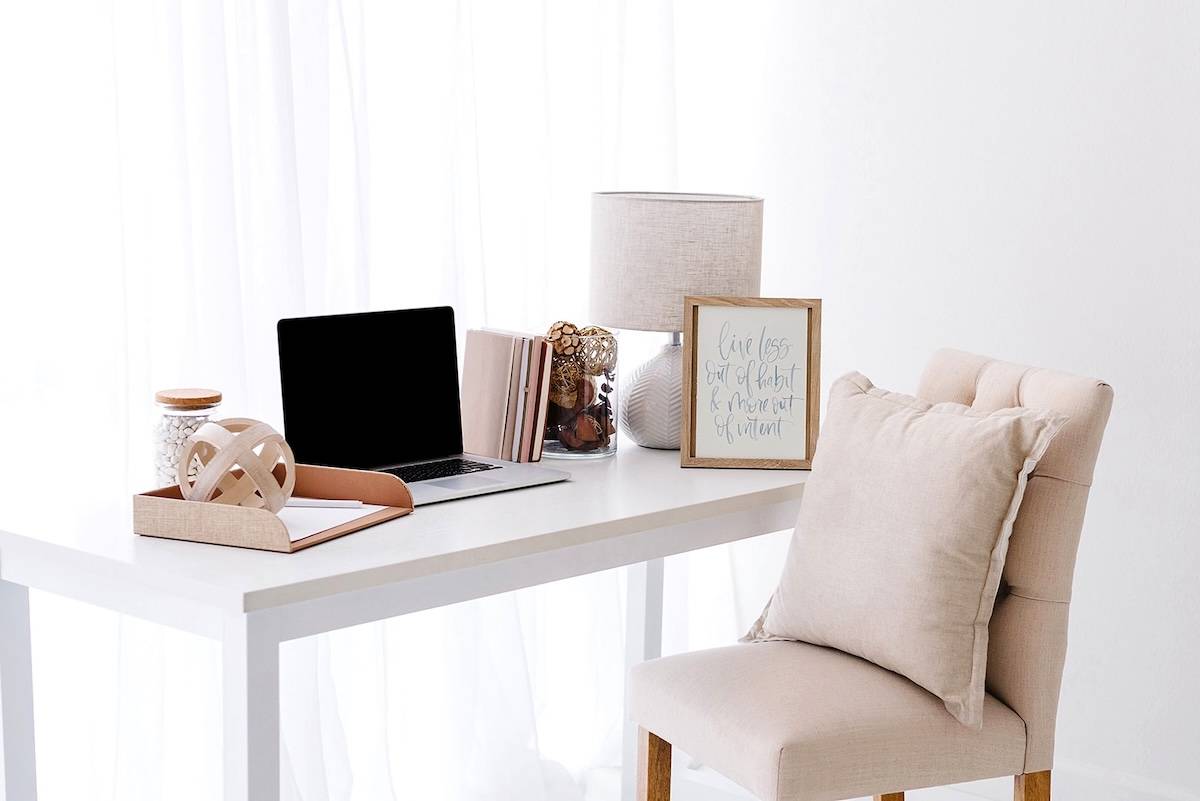

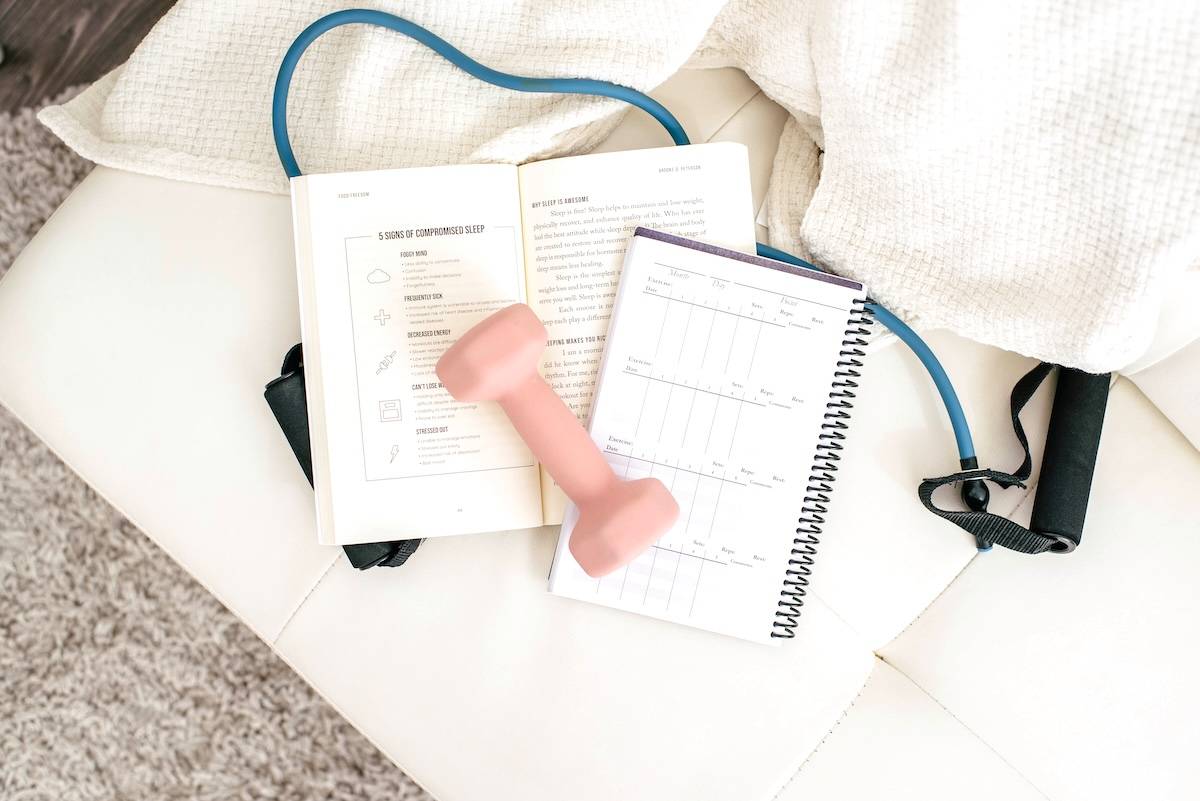

Remembering to be flexible and not disheartened if you don’t achieve everything you planned is such an important reminder! Great post!
Thank you, it can be hard to try not to get disheartened, definitely a great thing to remember though.